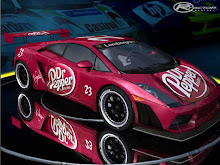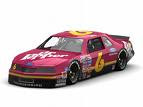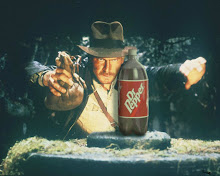 No wonder the Titanic sank. It didn't have a chance!
No wonder the Titanic sank. It didn't have a chance!
We made our own blocky growler icebergs by filling mugs with water - we added food coloring to make them more interesting and to contrast with the water we floated them in.
Interesting iceberg facts:
- If you camp out on an iceberg, you are known as an iceberger.
- Icebergs form when chunks of ice "calve" or break off from glaciers, ice shelves or larger icebergs.
- On 14 April 1912, four days into the ship's maiden voyage, the Titanic struck an iceberg and sank.
- Approximately 7/8 of an iceberg is under water.
- Icebergs are hazardous to shipping.
- The terms tabular, blocky, wedge, dome, pinnacle, and drydock are used to describe iceberg shapes.
- The terms growler, bergy bit, small, medium, large, and very large are used to describe iceberg sizes.
How are icebergs made? Quick ones are made in your freezer at home or at school.
Icebergs are actually freshwater ice, not frozen sea water. They are made when the edge of glaciers breaks off into pieces to form an iceberg, or in the case of an ice shelf, it begins to float on the sea and then breaks off from the rest of the glacier as a big slab of ice.
Icebergs are made up of snow that has fallen during hundreds or thousands of years. All the stripes and different colored layers in icebergs ae from different layers of snowfall and the weather conditions that occured when the snow fell. If it is very cold then a light open layer with air included will be made and this gives a paler or white layer. The darker, bluer layers come from snow falls in warmer or wet conditions when very little air is trapped in the layer.
Then air is squeezed out of the lower layers of a glacier as more snow falls and so the weight of snow builds up.
Word bank:
iceberg, growler, blocky, frozen, glacier, float, layers, snow, ice, hazard
Tuesday, March 9, 2010
Make your own iceberg
Posted by
Leslie
at
10:21 AM
0
comments
![]()
Labels: iceberg
Subscribe to:
Posts (Atom)









